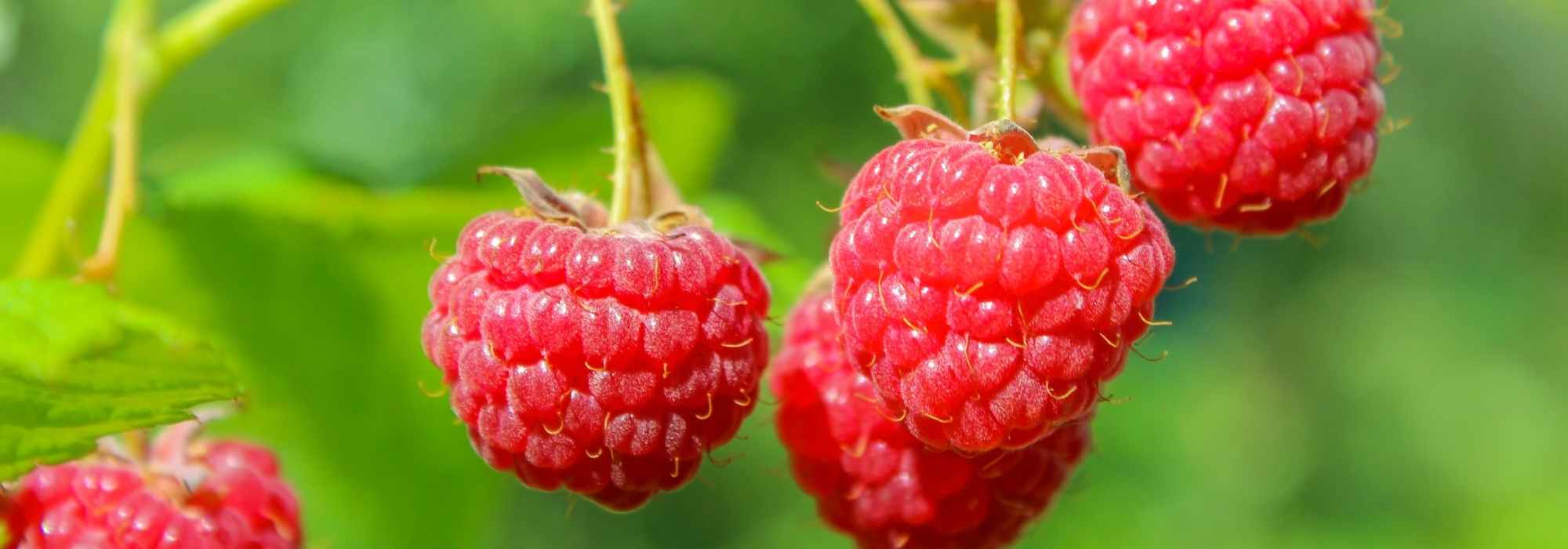
How to grow raspberry in a pot?
Our tips to successfully plant and grow raspberry in a pot
Contents
Raspberry (Rubus idaeus) is a shrub well known for its summer fruits generally pink and sweet.
If some varieties that can reach 2 metres in height require space to develop well, other varieties can quite easily be planted in a pot, on a balcony, terrace or in a small garden.
So which raspberry variety to choose for growing in a pot? When and how to plant, maintain and care for the shrub? How to harvest the fruits properly? Here are our recommendations.

Dwarf raspberry ‘Ruby Beauty’
Which raspberry varieties to choose for growing in pots?
There are two main raspberry varieties :
- perpetual varieties, producing fruit several times a year until autumn, first on previous year’s canes, then on current year’s canes
- non-perpetual varieties, producing fruit only once abundantly in early summer
Whether perpetual or not, dwarf thornless raspberry varieties are particularly suited to growing in tubs or pots. They are ideal for small spaces : balcony, terrace, urban garden or small garden.
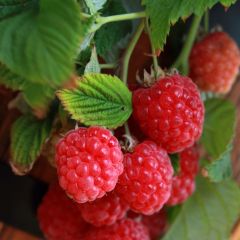
Raspberry Ruby Beauty- Rubus idaeus
- Flowering time June, July
- Height at maturity 90 cm
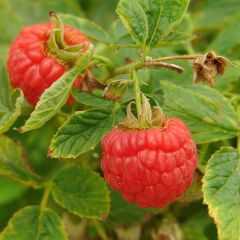
Raspberry Little Sweet Sister- Rubus idaeus
- Flowering time June, July
- Height at maturity 1 m
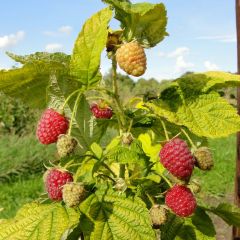
Raspberry Groovy Raspberry - Rubus idaeus
- Flowering time July to September
- Height at maturity 90 cm
Other varieties are equally well suited to container growing, thanks to their strong rooting and compact habit.
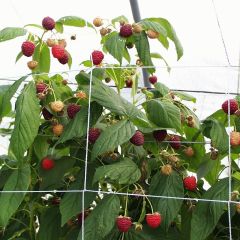
Organic Raspberry Heritage- Rubus idaeus
- Flowering time June to October
- Height at maturity 1,50 m
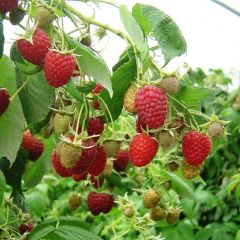
Rubus idaeus Marastar - Raspberry
- Height at maturity 1,30 m
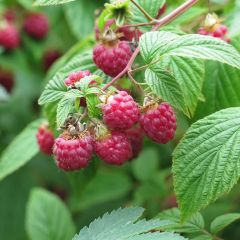
Raspberry Rustica- Rubus idaeus
- Flowering time July to September
- Height at maturity 50 cm
Read also
Raspberries: planting, pruning and careWhen to plant a raspberry plant in a pot?
Raspberry plants are best planted in pots in autumn or winter, to encourage root development. Ideal period is October to March, outside periods of frost, which could affect future fruiting.
Discover other Raspberry plants
View all →Available in 0 sizes
Available in 0 sizes
Available in 1 sizes
Available in 2 sizes
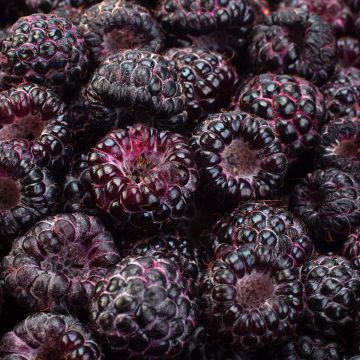
Available in 2 sizes
Available in 2 sizes
Available in 1 sizes
Available in 1 sizes
Available in 1 sizes
Available in 1 sizes
How to plant a raspberry plant in a pot?
Container
The container that will hold the raspberry plant in a pot must be large enough : at least 35 cm deep and the same in diameter. Raspberry plants can be grown in a window box or a round container.
Terracotta containers are preferable to plastic ones, as they allow the growing medium to breathe better.
To avoid having to repot the raspberry plant and to be able to leave it in place for several years, choose a larger container such as a trough, of at least 1 m long and 50 cm deep.
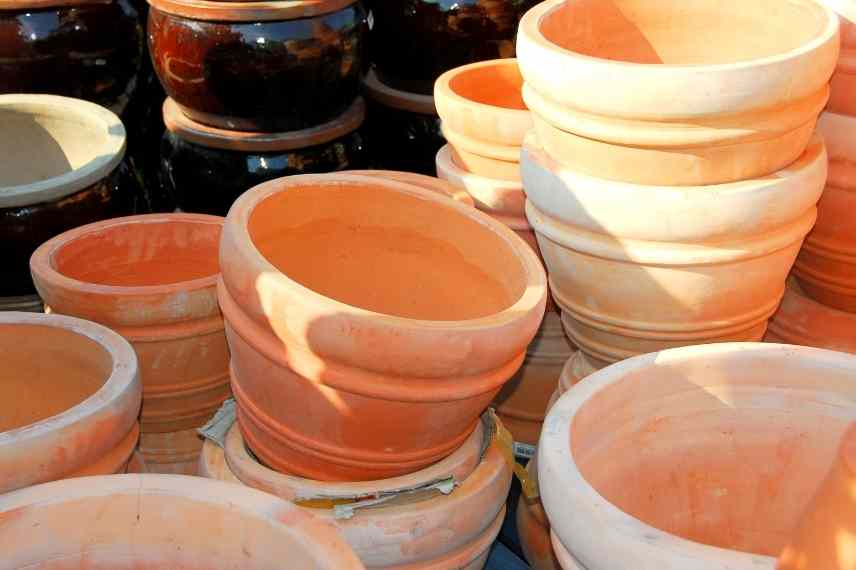
Planting steps
- Place a layer of expanded clay pebbles or gravel in the bottom of the container, to favour drainage.
- Fill with potting compost or rich multipurpose compost, ideally mixed with garden soil and well‑rotted home compost or organic fertiliser.
- Loosen the rootball and place the raspberry plant at the centre of the container; top up with growing medium until a few centimetres from the rim, without burying the collar (part of the plant between the stem and the roots).
- Firm in with your fingers around the plant.
- Water thoroughly.
- Mulch the base of the plant to retain moisture, keep the growing medium cooler for longer and thus allow longer intervals between waterings. Use shredded bark, BRF (ramial chipped wood), dead leaves or pine bark (raspberry plants do not mind acidity).
Trellising
Trellising a raspberry in a pot will allow it to benefit from maximum light and sun, while making harvesting easier.
It is done at planting time, using supports (stakes, bamboo canes…) pushed into the growing medium and to which wires are attached at different heights (typically 40 cm, 80 cm and 120 cm). The canes are then secured with raffia or plastic ties, without tightening them too much around the wires.
Placing the pot against a wall allows espalier training, which does not require adding extra wire.
To save time, choose a planter with an integrated trellis for training.
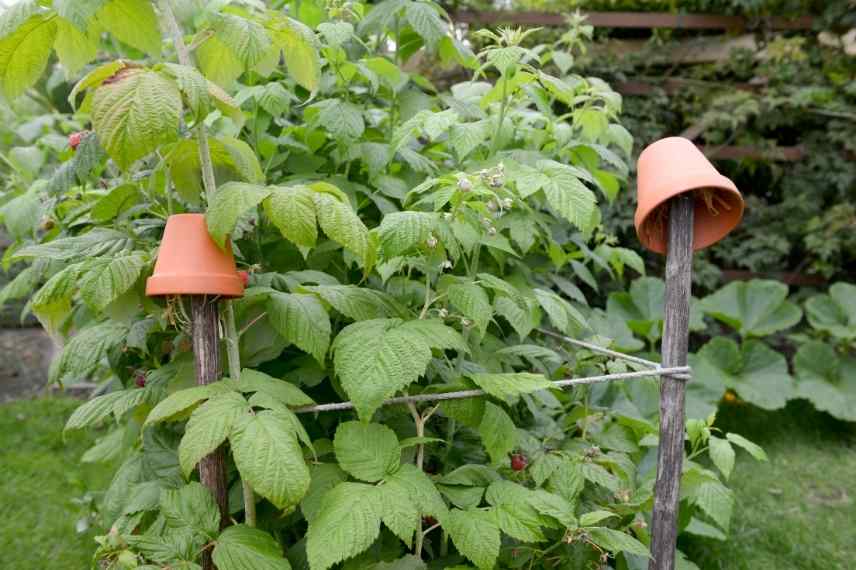
Exposure
Raspberry plants need good light to fruit, but are sensitive to scorching summer sun. Place in full sun or partial shade in regions with hot, dry summers.
On a terrace or balcony, raspberry plants do well when west‑facing.
Caring for raspberry plants in pots
Watering
First year after planting, water regularly at base to allow good rooting. Indeed, frequent watering is essential to produce good fruit in summer. It is particularly important during flowering and should be increased in dry weather: watering once a week is generally sufficient, every 2 to 3 days in very hot weather.
Potted plants tend to suffer from drying out more quickly, which can be delayed by mulching around the base.
To avoid risk of disease development, water only at base and not the foliage of the raspberry plant. A drip irrigation system can readily be installed in the container.
Fertilising
Raspberry plant appreciates soil rich in organic matter. Once a year in autumn, apply manure or well-rotted compost.
At planting and during maintenance, make three applications offertiliser for small fruits, between March and October.
Pruning
Raspberry plant requires pruning of canes after fruiting: after harvest, canes that bore fruit should be cut to 10 or 15 cm from soil level.
If variety is non-perpetual, cut only canes that have fruited and keep new canes from the year, which can be trained in preparation for following season.
Repotting
Repotting of raspberry plant is carried out after leaf drop, in late autumn.
After a few years, raspberry plant produces suckers (new small roots), which can be detached and planted in a new container.
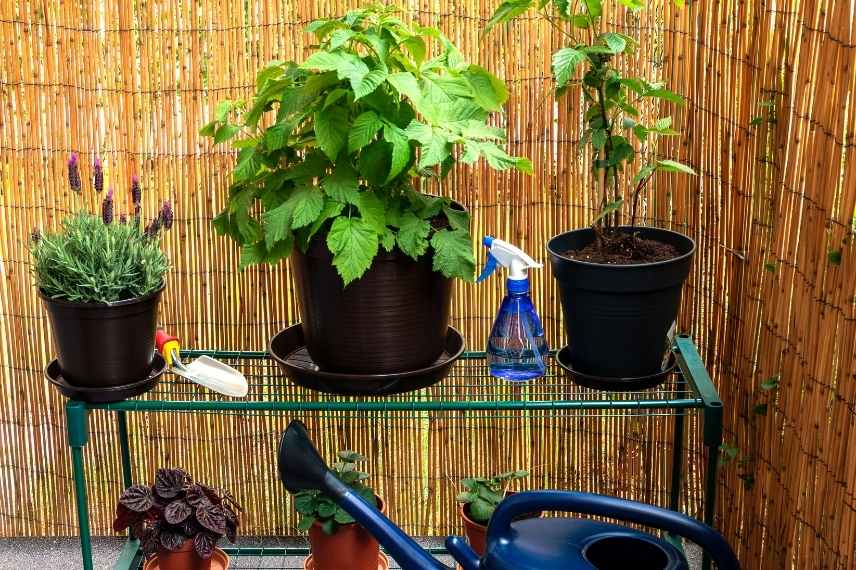
Diseases
Raspberry plants are not very susceptible to disease. In rainy periods or if leaves are watered, cryptogamic (fungal) diseases may occur: anthracnose, downy mildew, rust, powdery mildew, grey mould. Applying mulch and adding organic fertiliser helps strengthen plants’ natural defences and soil health.
If foliage begins to show symptoms of these diseases (spots, coatings…), remove affected parts and spray diluted manure with water, late afternoon on the plant.
As for parasitic pests, raspberry worm can lodge in the fruits, but damage is limited.
In winter, avoid covering raspberry plant with a plastic sheet, which prevents air renewal and maintains excessively high humidity. Depending on variety, shrub is in any case very hardy (-15°C to -30°C).
Raspberry harvest
Raspberries should be harvested when fruits are fully red all over, but still firm.
During fruiting, check plants several times a week, ideally every day.
Fruits are best shortly after harvest, to enjoy their sweet flavour and texture to the full. They can, however, be stored in the vegetable drawer of the fridge for a few days.
If harvest is very abundant (congratulations!), raspberries can be frozen, made into delicious jams, jellies, ice cream or syrup.

- Subscribe!
- Contents
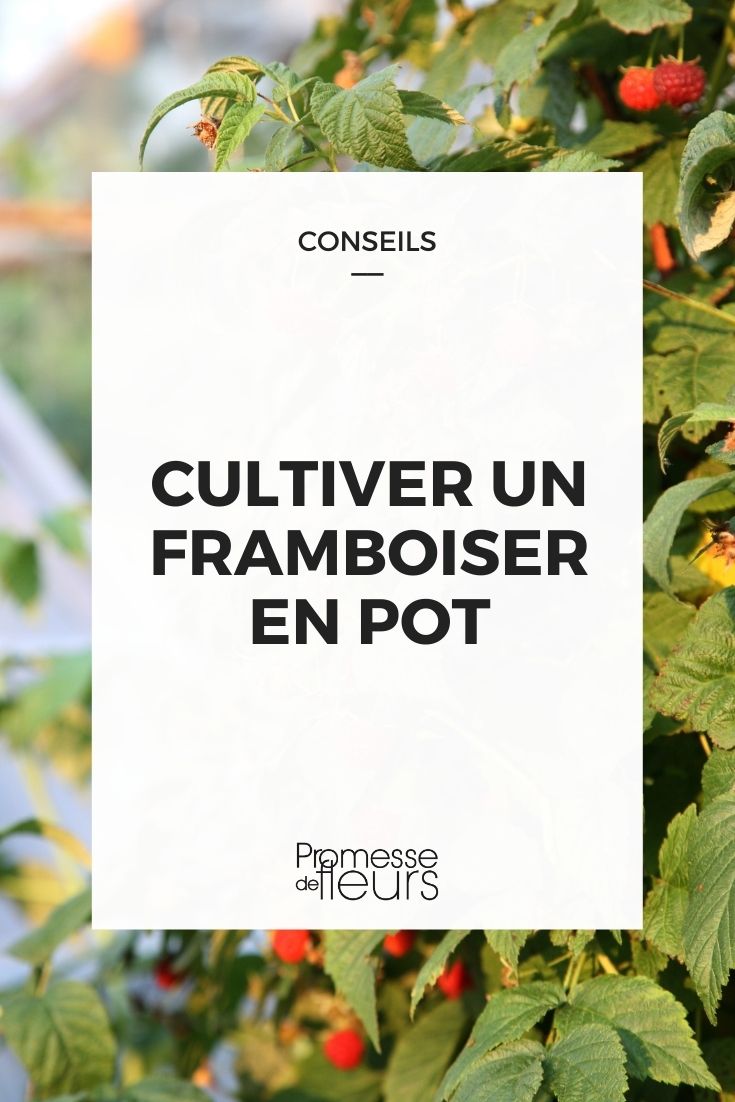































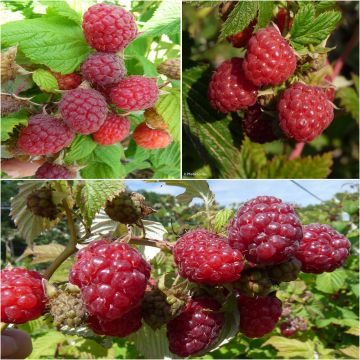
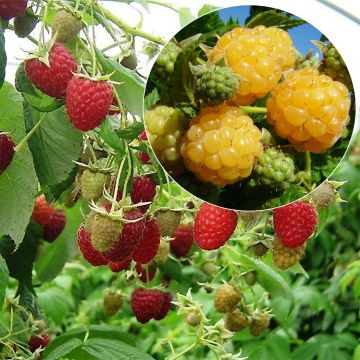
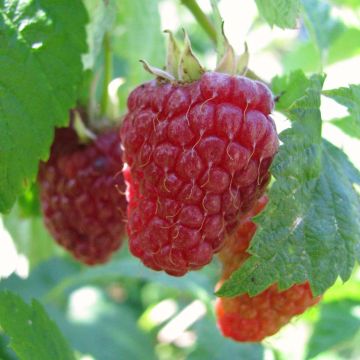

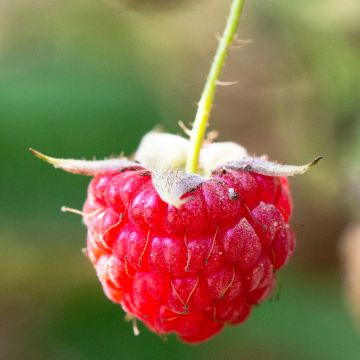
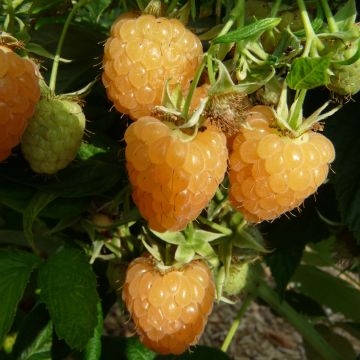
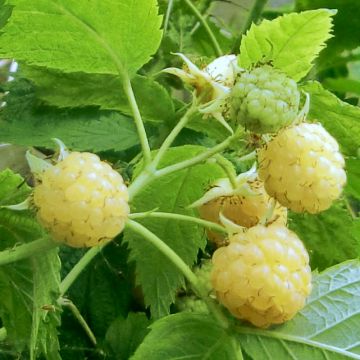
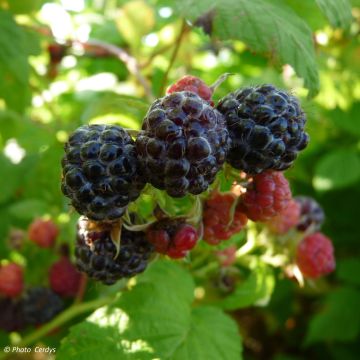
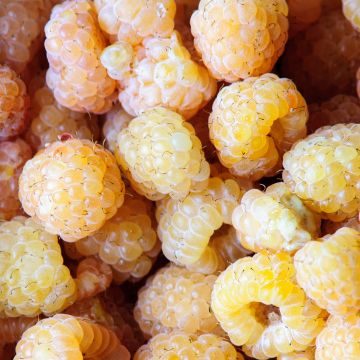
Comments